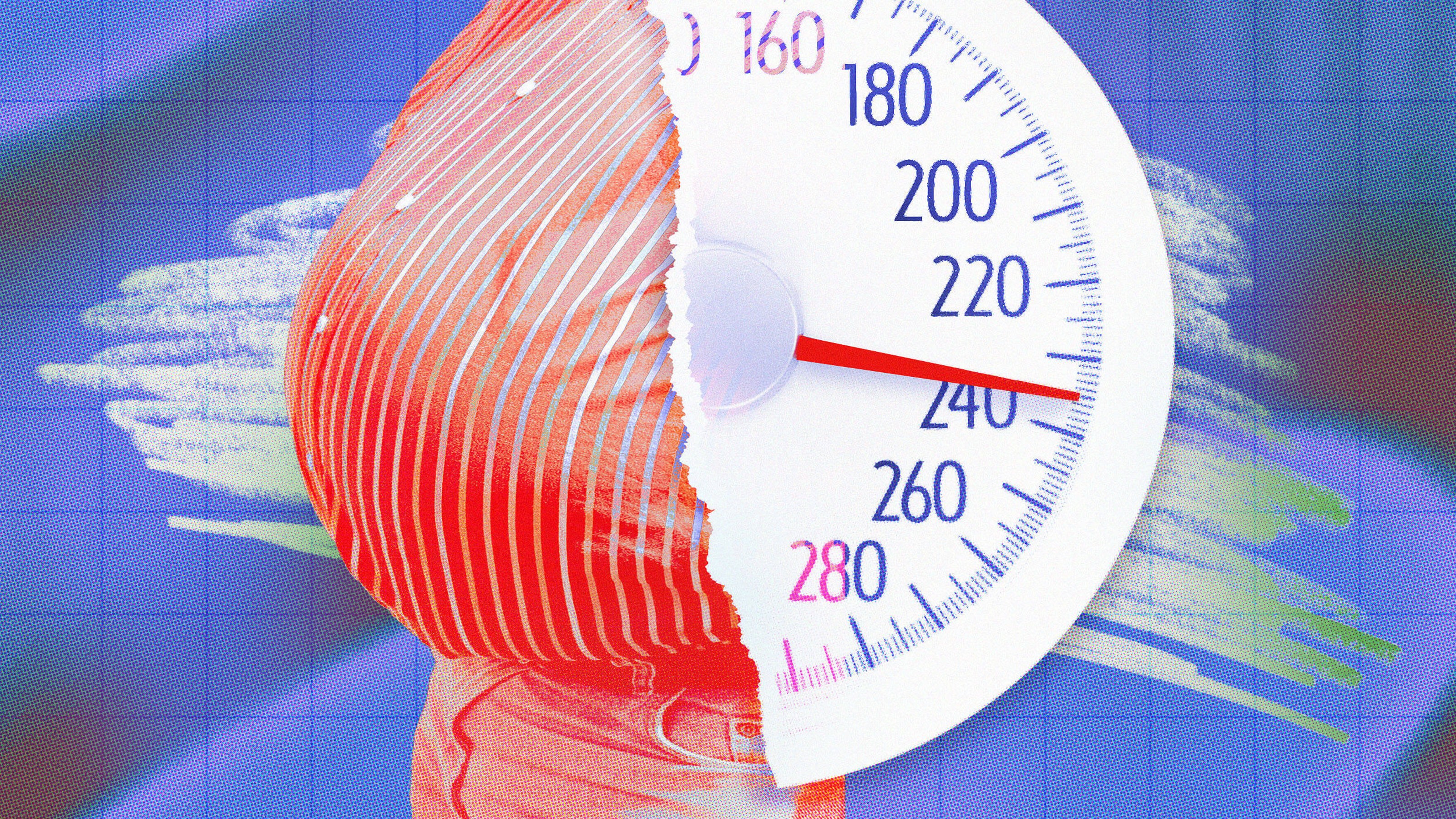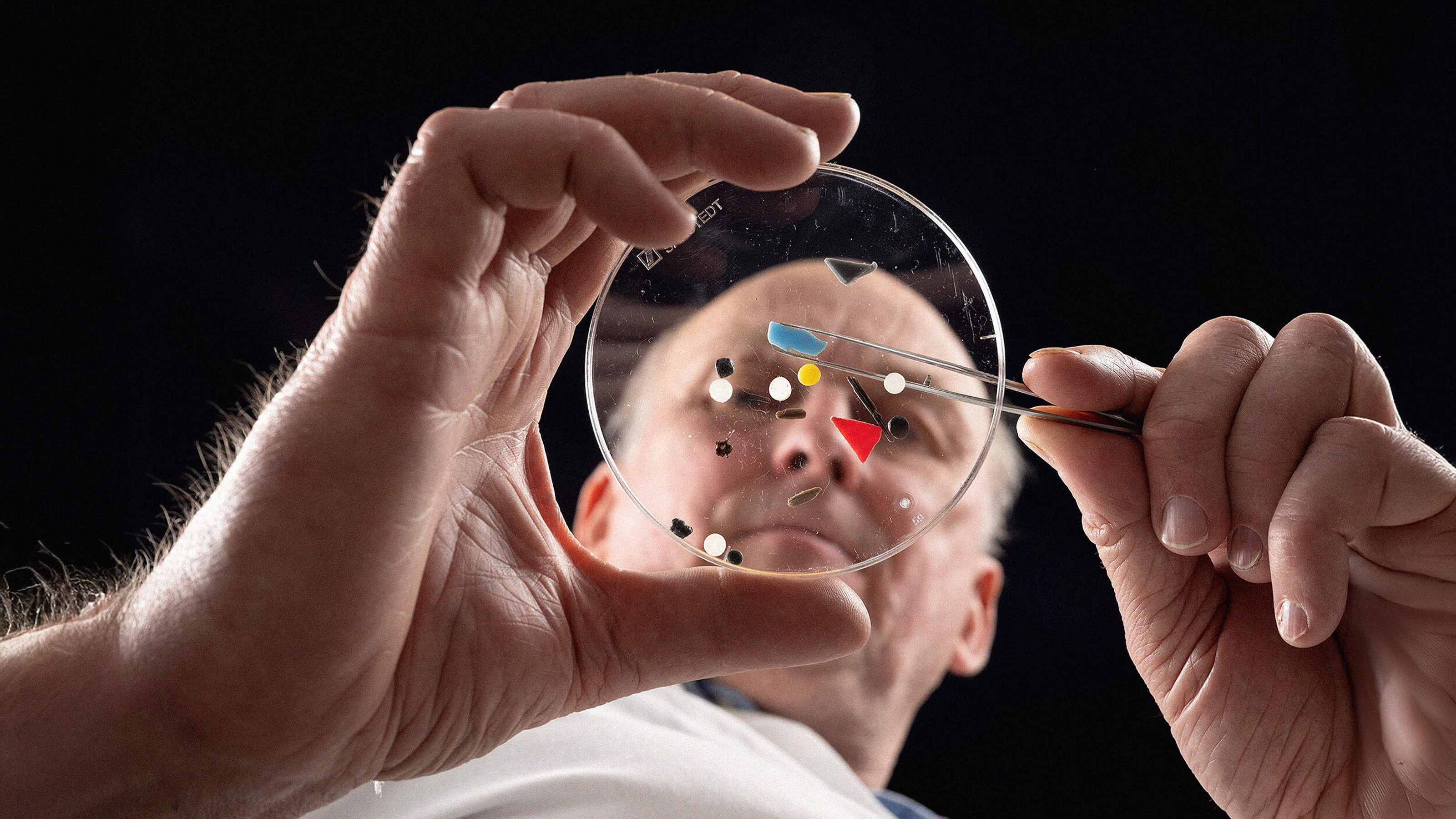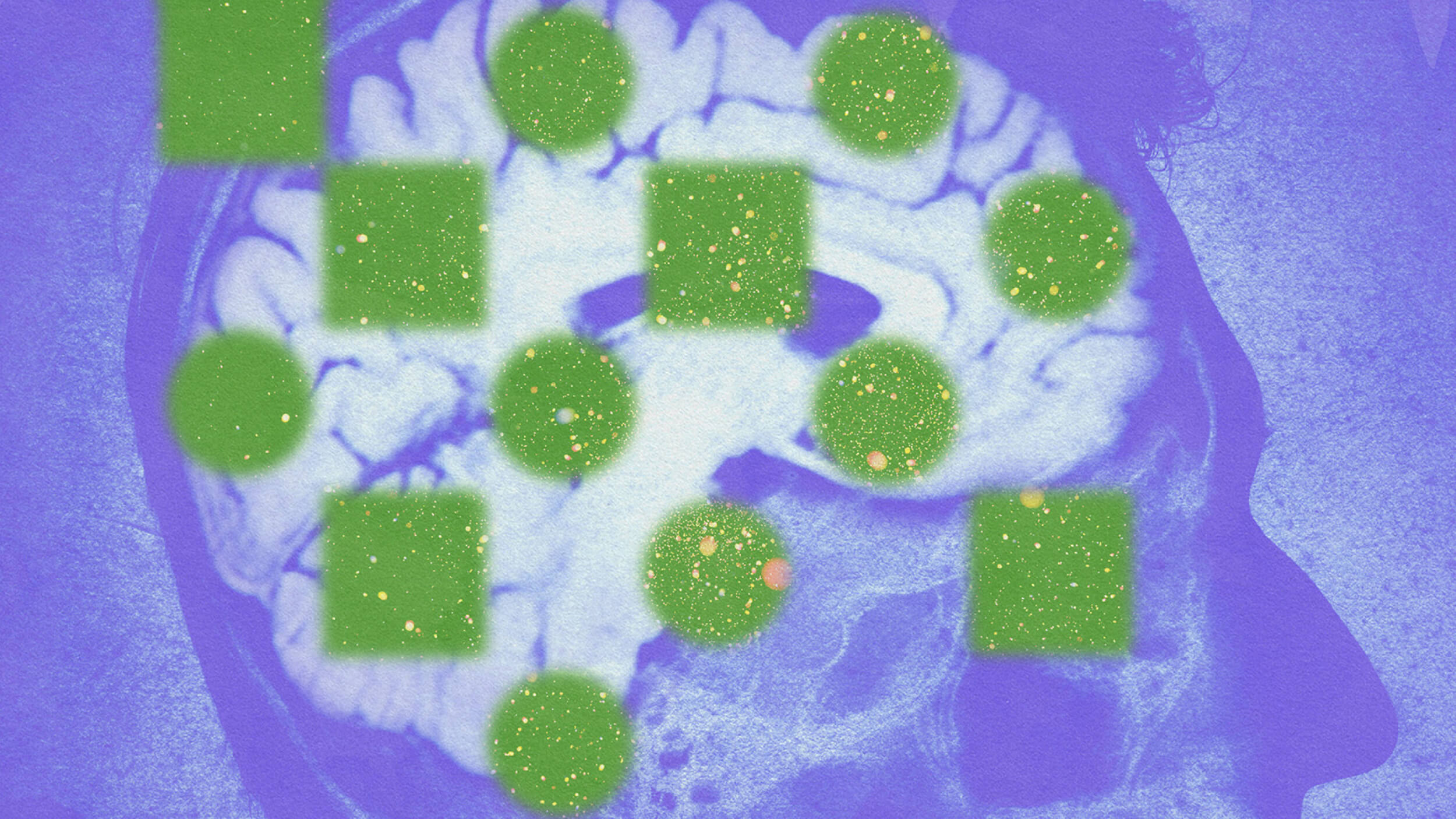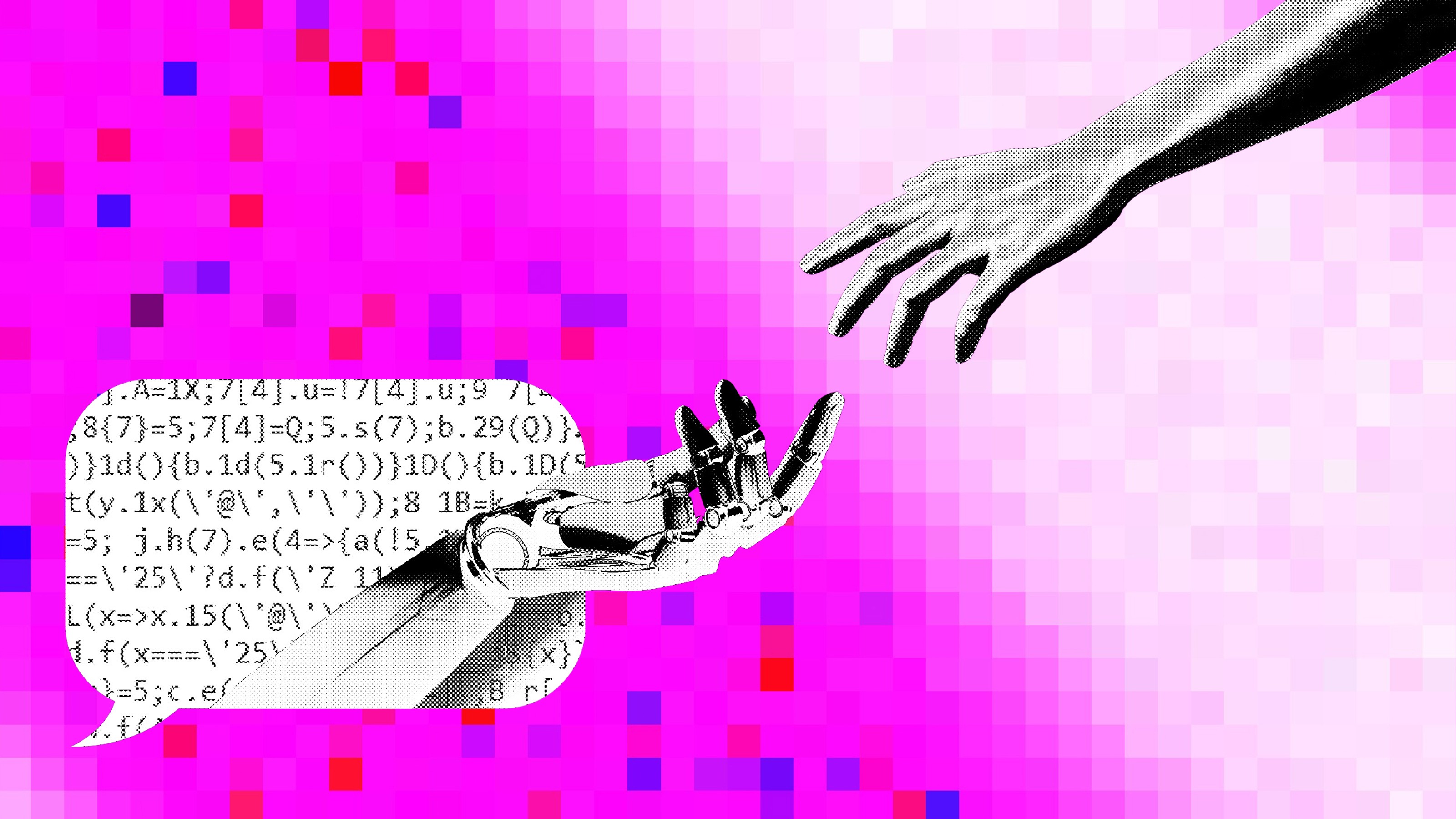Suspending the Laws of Biology, and Common Sense, For Health
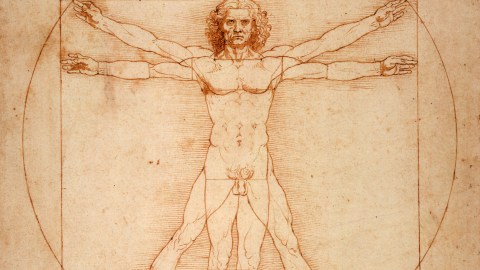
One of the eminently amusing and frustrating things in life is how people suspend common sense when thinking about anything related to their bodies or their health. Most people understand that there are repercussions, or side effects, to interventions of all kinds in all areas of life. But, when the intervention in question is a new diet, exercise regime, or medication, this thinking goes right out the window. It’s likely because of the emotionally charged nature of the subject, which makes it hard for people to engage their logical faculties with the vigor required to think about the full mid-term and long-term consequences of their actions. In addition, because the body is so complex, people seem to look for, and respect, the word of authorities more robustly than in other domains.
This, however, is a problem. While we know a great deal about human biology, our understanding is still at the elementary level — and we have absolutely no clue about how to manipulate in an effective manner with few unwanted, and unforeseen, effects. Thus, medications and medical treatments often have side effects that are worse than the ailments they’re designed to treat. For example, Finasteride (also known as Propecia), which aims to reduce hair loss, causes “increased risk of high-grade prostate cancer.” In addition, there have been reports of decreased libido and erectile dysfunction with patients on the drug. While we would all like to have a head of hair to die for, I think that few would be willing to take that phrase literally.
Side effects are not just found in the realm of pharmaceuticals. They also haunt behavioral interventions and remedies. For example, most people I know think that exercise is an effective way to lose weight. Each year, right around the holidays, I hear many of my friends and family members talk about “starting to run again” or “going to the gym more often.” They’re in pursuit of a slimmer and healthier physique and see exercise as a valid way of pursuing these goals. The problem, as many studies have shown, is that exercise doesn’t really help one lose weight. People assume that they’ll exercise, and thus burn calories, but that everything else in their lives will stay the same. If that were the case, exercise would surely work. Unfortunately, we’re not simple automatons that can simply modulate one variable at a time. If we change one input, we’ll get a range of different outputs.
Exercise increases one’s energetic expenditure and is quite stressful (in the classic sense of the word). It thus makes us hungry. We’ve all had the experience of pigging out after an intense soccer game, run, or weight session. To recover our glycogen stores and come back to homeostasis, we need calories and nutrients. Thus, the very activity that we perform in order to lose weight causes us to eat more. It’s no surprise that a meta-analysis by Franz et al., which looked at a number of weight-loss interventions, found almost no change in weight after 12 months of exercise.
In the jargon-heavy and over-scientized world of modern health advice, common sense takes a back seat, and the unintended consequences of silly plans run amok. It’s obvious to anyone willing to take a moment to think about the side effects of running or exercise that appetite would offset the energy expenditure, but in the health world, the laws of practical reasoning are placed on hold in favor of magical, mystical pseudoscientific tropes. For every problem, there’s a shiny, new solution — whether it’s a new treatment, medicine, or diet. The wheels of the marketing machine will keep rolling as long as we keep forgetting to ask the most important question of all: “And then what?”
Image: Leonardo da Vinci
